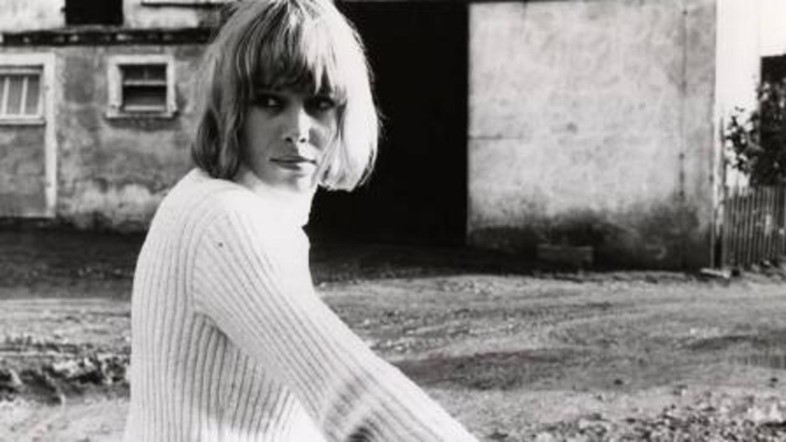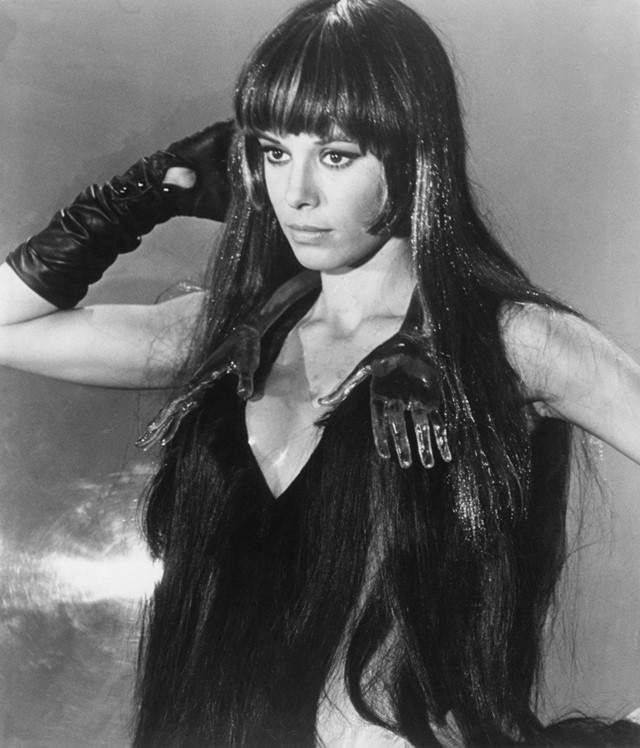She was a woman who fearlessly represented multitudes: at the sad news of Anita Pallenberg's passing, we remember her inimitable life and style
“I am not afraid of change at all,” Anita Pallenberg once declared. “I think change is the best thing one can do, quite honestly.” If anyone knew about change it was Pallenberg. Born in German-occupied Rome in 1944 to an Italian father and a German mother, she was sent to boarding school in Germany, the first of many transformations. On being expelled at 16, she began a career as a model, which took her from Rome to Paris and then to New York, where she swapped her Caffe Rosati for aperitivo breaks with the likes of Federico Fellini, and joined Cy Twombly for cocktails with Andy Warhol’s factory crowd.
It was working between these worlds that Pallenberg developed her unique sense of style, capturing the allure of late 60s and early 70s glamour. When she became romantically entangled with the Rolling Stones guitarist Brian Jones after sneaking backstage at a concert, she became known as the ‘sixth Stone’, a title that was cemented when she married his bandmate Keith Richards some years later. “She keeps things crazy,” said Jo Bergman, PA to the band, and it’s easy to see how her vibrant spirit and unique look made her an unforgettable muse.
Defining Features
It would be impossible to accuse Richards’ “great beauty” as ever falling into a style rut. As she famously remarked, “I don’t want to get stuck in the 60s like platform shoes”. Famed for what Marianne Faithfull dubbed her “evil glamour”, with tousled hair, heavily kohled eyes and bare legs, she represented a defiant liberation from mainstream trends, wearing everything and anything that appealed to her: crushed velvet trousers in vivid hues, floor-length fur coats, silk blouses, leopard-print flares, a snakeskin jacket, pinstripes, bell-bottoms, paisley suits, wide-brimmed fedora hats, shaggy gilets, boots, embroidered belts, mirrored shades. The ease and unpredictability of her style was infectious; when they were a couple, Keith Richards confessed he often stole her trousers.

Seminal Moments
Pallenberg’s influence over the Stones was huge. Jagger reportedly remixed tracks of their 1968 record Beggars Banquet after listening to her advice and she sang backing vocals on Sympathy for the Devil. She even acted as the group’s translator when the band stayed to work on their album Exile On Main St in the famous Villa Nellcôte on the Côte d’Azur. “She knew everything and she could say it in five languages. She scared the pants off me!” Richards recalls.
An it-girl from the get-go, she also made a name for herself on the silver screen. In 1968 she acted alongside Marlon Brando and Richard Burton in Candy, and played the feather-adorned and body-suited Black Queen in Barbarella alongside Jane Fonda. However it was her role as the dangerous half of Mick Jagger’s imagination in the 1970 British crime drama Performance that really caught people’s attention.
Pallenberg later found herself drawn to fashion, and her love of fabrics led her to graduate in 1994 from Central Saint Martins with a degree in Fashion and Textile Design. She went on to work with Vivienne Westwood, a woman who shared her stylistic sensibility. Although she later distanced herself from the industry to find solace in painting and caring for her allotment (somewhat ironically, given that she inspired the song Dead Flowers), she remained a powerful presence within the fashion community. Only last September she walked the runway in Pam Hogg's show at London Fashion Week dressed from head to toe in gold; age couldn’t slow down this rolling stone.

She’s an AnOther Woman Because...
A self-confessed vagabond and adventurer, Pallenberg was an enigma, a woman who embodied a kaleidoscope of ideals and styles. Just as she clashed patterned cowboy boots with go-go girl hemlines, she was instrumental in combining and clashing cultures. The actor Stella Schnabel thanked Pallenberg for teaching her “the most important lessons – because they are ever changing and definitive. Like you.” Pallenberg is an AnOther woman because she refused to play the role of just one woman; she represented multitudes.
